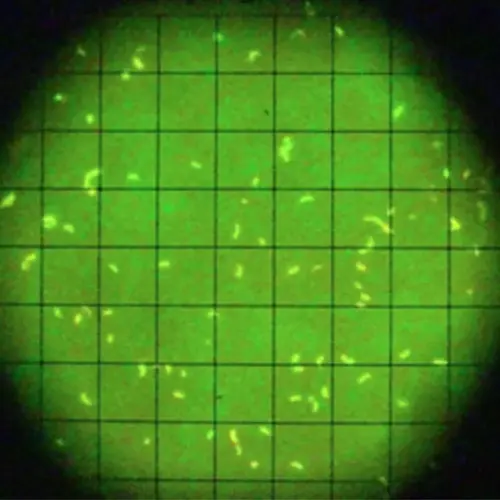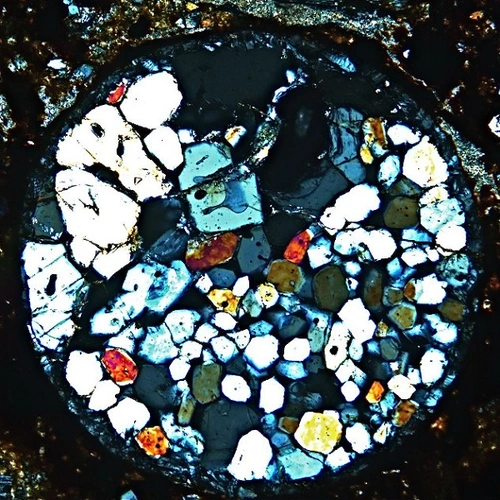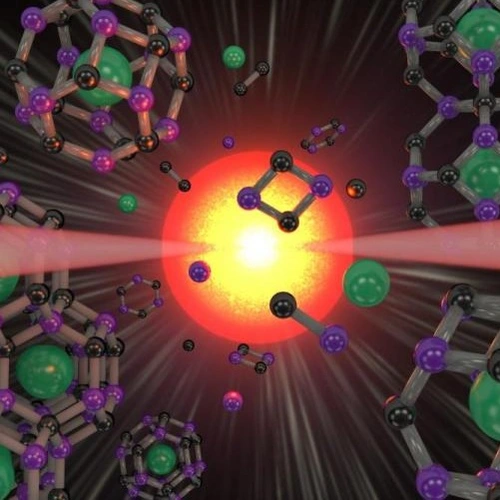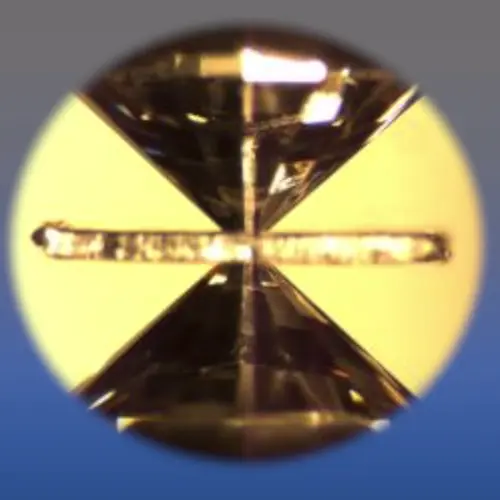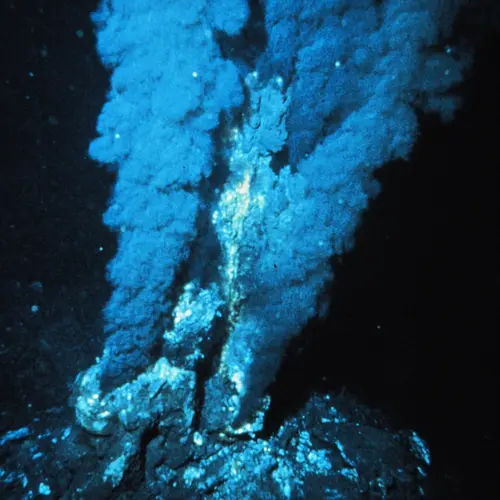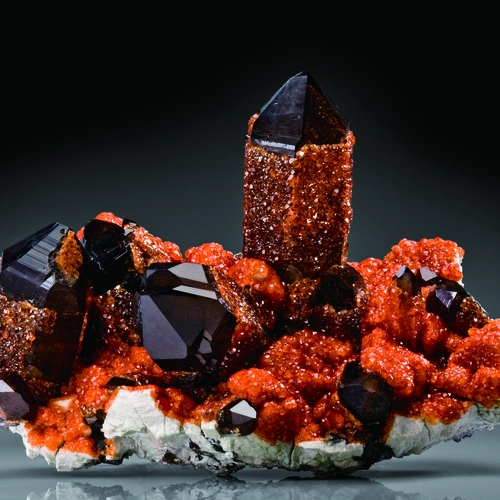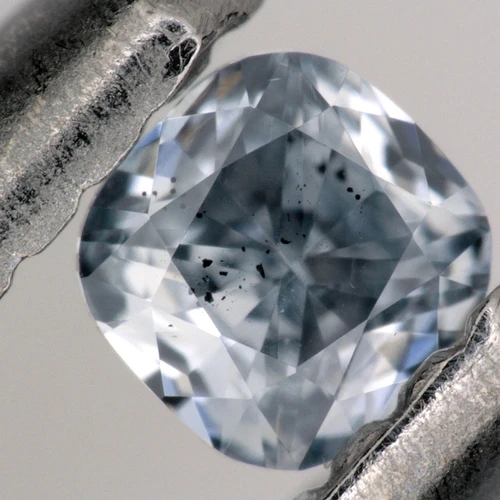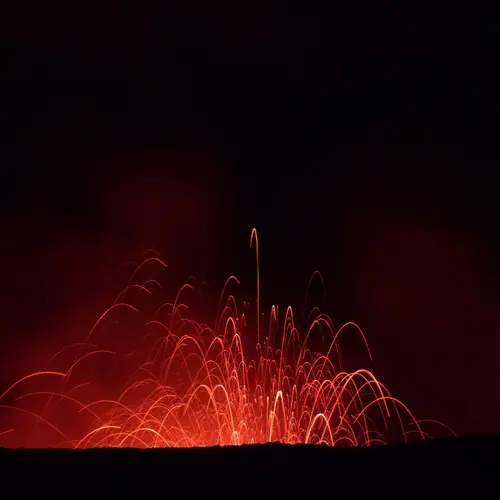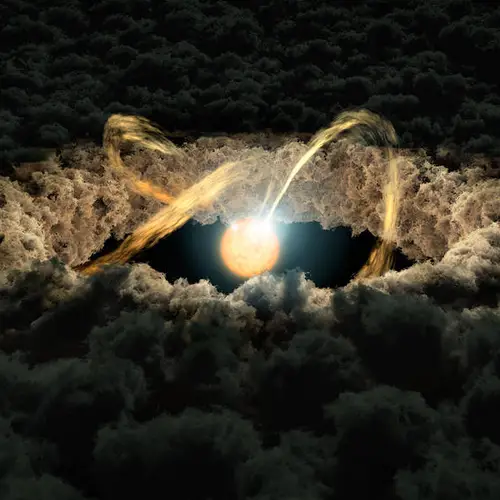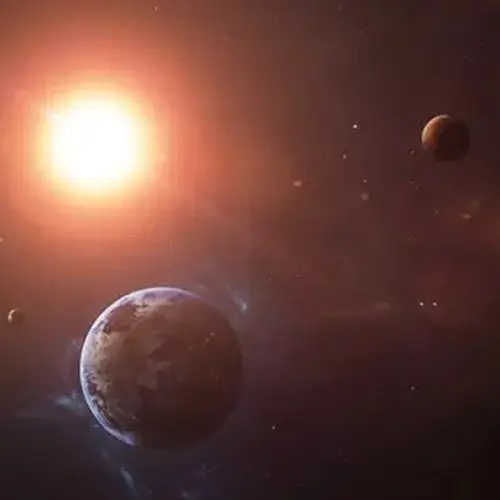EPL Research
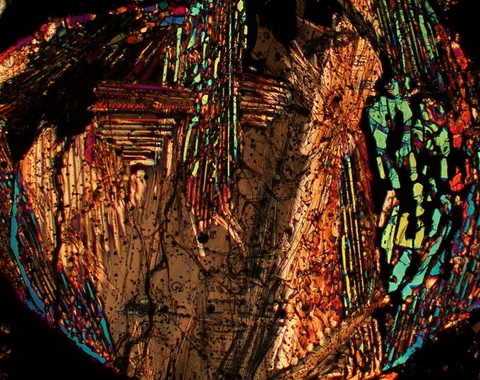
Overview
We aim to discover new worlds, observe and understand the path from dust and gas to planets, illuminate the history and inner workings of Earth and other planets and understand how their surface environments form and evolve, determine the properties of planetary materials at the extreme pressures and temperatures of planetary interiors and create new materials of benefit to mankind.
Studying life’s chemical and physical evolution—from its pre-solar beginnings through planetary formation to the emergence of life on Earth.
Exploring the origins of Earth and our Solar System.
Discovering new materials at the frontier of human knowledge.
Uncovering the physical and chemical processes governing the evolution of planetary interiors.
Drawing on expertise and equipment from a broad swath of plant biologists, cellular and molecular biologists, astrobiologists, geophysicists, and geochemists to answer fundamental questions about our planetary habitability and the origins of life.
A large cluster of Garnet-SmokeyQuartz crystals from Tongbei-China
Investigating the origin and dynamic evolution of Earth and planetary interiors, from their crusts to their cores, and the processes that lead to surfaces capable of supporting life.
Uncovering the physical and chemical processes governing the evolution of planetary interiors.
Investigating the interior dynamics of our planet.
Piecing together the processes that shape a planetary system's formation and early evolution.
From discoveries in our Solar System to exploring distant worlds.
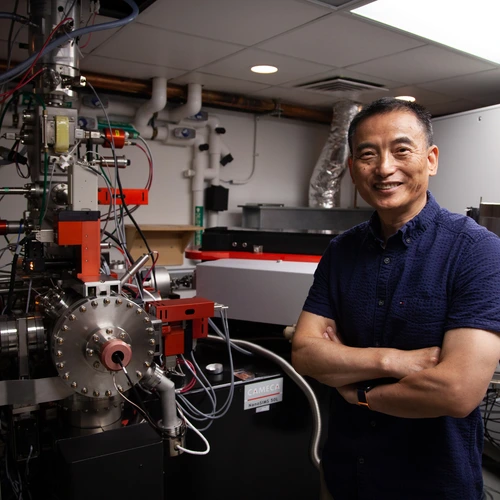
Jianhua Wang With NanoSIMS at Earth and Planets Laboratory Campus
World-Class Facilities
We combine a broad range of traditional disciplines to investigate fundamental questions ranging from the galactic to the atomic in scale, and which are best solved by integrating the many viewpoints of our scientists that together reveal the complexity and interconnectivity of the processes that determined the current state of Earth and other planets.
Explore our research facilities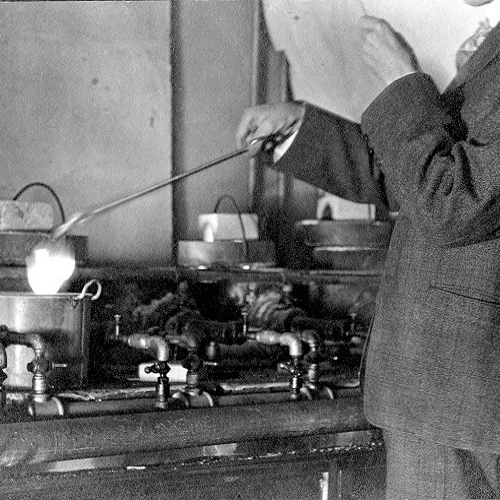
Our rich research history
The Earth & Planets Laboratory unites two Carnegie departments (the Department of Terrestrial Magnetism and the Geophysical Laboratory) with century-long traditions of making new observations of the natural world, experimentally investigating the properties of the material from which it is made, and developing theory to understand complex natural phenomenon.
Learn more